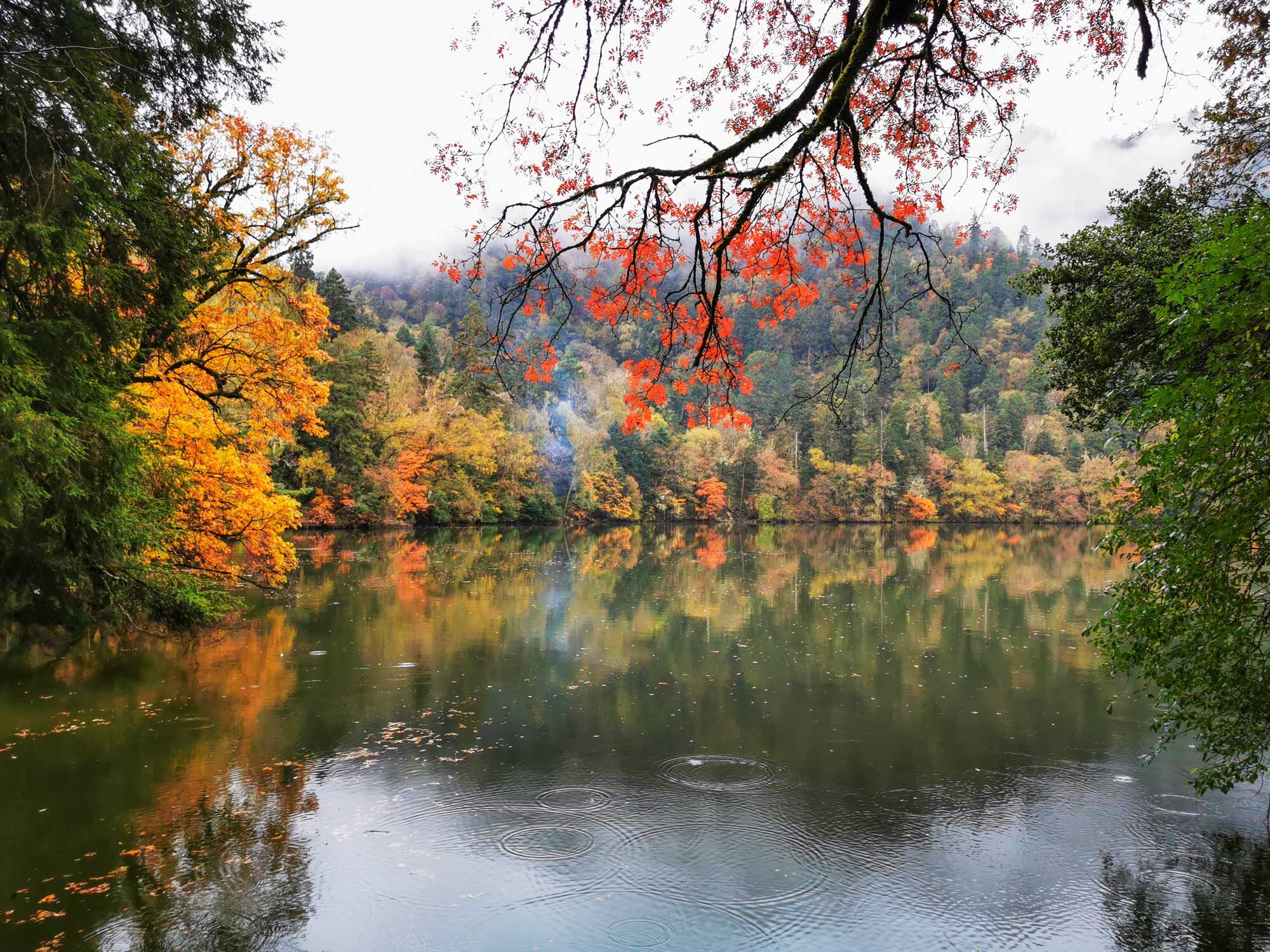
Image credit: Tsun Fung Au
A research, published in the journal Nature Climate Change on 1 December 2022, analysis of more than 20,000 trees on five continents shows old growth trees are more drought tolerant than younger trees in the forest canopy and may be better able to withstand future climate extremes.
Drought is seriously affecting younger trees in the upper canopy, but younger trees also have a greater ability to recover after a drought.
“These results imply that in the short term, drought’s impact on forests may be severe due to the prevalence of younger trees and their greater sensitivity to drought. But in the long run, those younger trees have a greater ability to recover from drought, which could be beneficial to the carbon stock.” Study shows.
Those implications will require further study, according to Au and colleagues, given that reforestation has been identified by the Intergovernmental Panel on Climate Change as a potential nature based solution to help mitigate climate change.
“These findings have implications for how we manage our forests. Historically, we have managed forests to promote tree species that have the best wood quality,” said Indiana University’s Justin Maxwell, a senior author of the study.

“Our findings suggest that managing forests for their ability to store carbon and to be resilient to drought could be an important tool in responding to climate change, and thinking about the age of the forest is an important aspect of how the forest will respond to drought, he added.”
The researchers used long-term tree-ring data from the International Tree-Ring Data Bank to analyze the growth response of 21,964 trees from 119 drought-sensitive species, during and after droughts of the past century.
They found that young hardwoods experienced a 28% growth reduction during drought, compared to a 21% growth reduction for old hardwoods. The 7% difference between young and old hardwoods grew to 17% during extreme drought.
When applied at the global scale they could have “huge impacts” on regional carbon storage and the global carbon budget, according to the study authors. That’s especially true in temperate forests that are among the largest carbon sinks worldwide.
The new study is a synthesis that represents the net effects of thousands of trees in diverse forests across five continents, rather than focusing on single forest types. In addition, the new study is unique in its focus on trees in the upper forest canopy, which reduces the confounding effects of tree height and size, according to the authors.
The research highlight the importance of preserving the world’s remaining old growth forests, which are biodiversity strongholds that store vast amounts of planet warming carbon.
To read more such news, download Bharat Express news apps


















